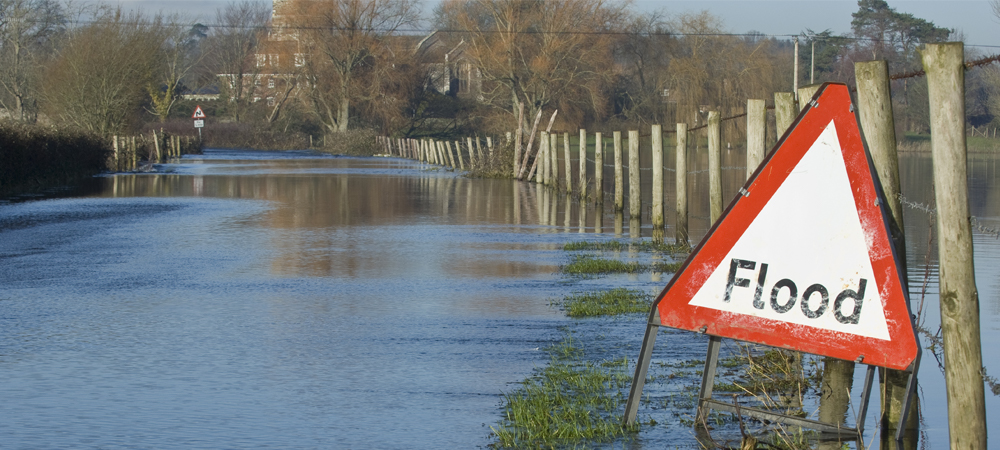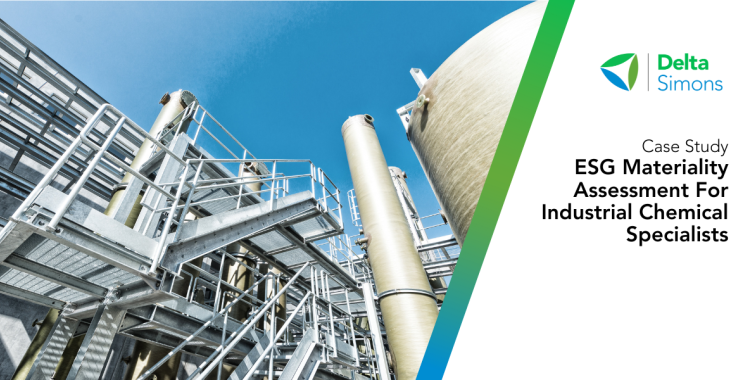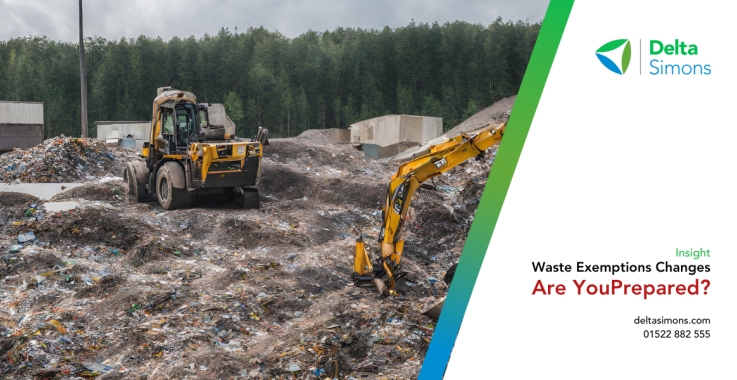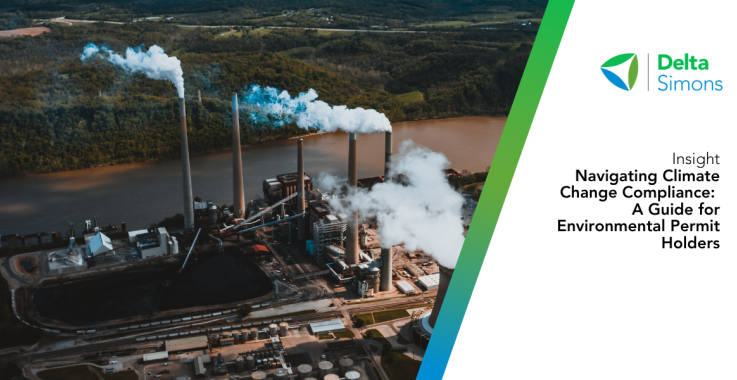Water Services
Water Services Consultants
Due Diligence, Flood Risk Assessments, Drainage Strategies, Ordinary Watercourse Land Drainage Consents and Flood Risk Permitting, BREEAM Assessments, Environmental Statements, Nutrient Neutrality, ESG Flood Risk & Climate Resilience Assessments, Physical Risk Climate Assessments and Global Water Advisory Services.
Our principal aim is to support our developer clients during the planning process, and our corporate and investor clients by assessing risk from all sources of flooding, as well as providing due diligence and technical advice on flood risk including mitigation measures and climate resilience advice. Our team of specialists have worked across a variety of project sectors including housing and regeneration, retail, energy, industrial and waste and agriculture and food, providing high quality advice and cost-effective flood risk, drainage and climate solutions to meet the needs of our public and private sector Clients.
Services we offer
Flood Risk Due Diligence
We undertake high-quality and cost-effective Flood Risk Appraisals to support our transactional Clients on their existing assets and future investment opportunities, largely working with our ETS colleagues across the UK and internationally.
With any land, property, purchase or disposal it is vital to undertake a range of due diligence checks to prevent the discovery of any unforeseen obstacles further into the process. We support and advise our clients to future-proof the assets and portfolios, considering current and future flood risks including climate change and, where required potential future redevelopment, recommending practical flood risk mitigation, climate resilience measures and high-level costings.
We complete Flood Risk Appraisals to support investment or divestment, due diligence Peer Reviews, Flood Management Plans and Flood Response or Flood Warning and Evacuation Plans to ensure business continuity, define emergency and evacuation procedures and set responsibilities.
In terms of portfolio assessment, we offer a staged approach whereby we initially complete a Flood & Climate Risk Review and RAG (Red, Amber, Green) a Client’s portfolio of assets to determine where to focus their priorities. We have several tools to conduct this initial investigation including our new service line RAPID RAG.
After completing the initial RAG review, Stage 2 is to complete a Flood Risk Appraisal or Flood Risk & Climate Resilience Report for the priority sites to assess the risks in more detail and provide practical flood mitigation and climate resilient measures and recommendations to help safeguard assets.
We also offer enhanced ESG services to help our transactional Clients work towards achieving TCFD compliance and EU Taxonomy alignment.
Flood Risk Assessments
We undertake Flood Risk Assessments (FRAs) to determine site-specific flood risks from all sources of flooding, ranging from:
- Tidal
- Fluvial (Main River and Ordinary Watercourses)
- Surface Water
- Groundwater
- Artificial Drainage (Reservoirs, Sewers and Canals)
We determine the receptors at risk, the potential mitigation measures and residual risks to ensure the development or investment is safe from flooding, without exacerbating risk in the locality or downstream. Flood Risk Assessments can be implemented if your site is within a Flood Zone, greater than one hectare in size or with critical drainage problems.
We can offer services in a staged approach ranging from initial advice or a basic FRA through to standard or more detailed FRA, including hydrology, hydraulic modelling and detailed drainage design though our esteemed associates, depending on the site and the level of detail required. This approach allows us to guide our Clients through the planning process and life cycle of a development.
We can additionally undertake FRAs to determine the number of credits achieved under BREEAM and Home Quality Mark frameworks.
Drainage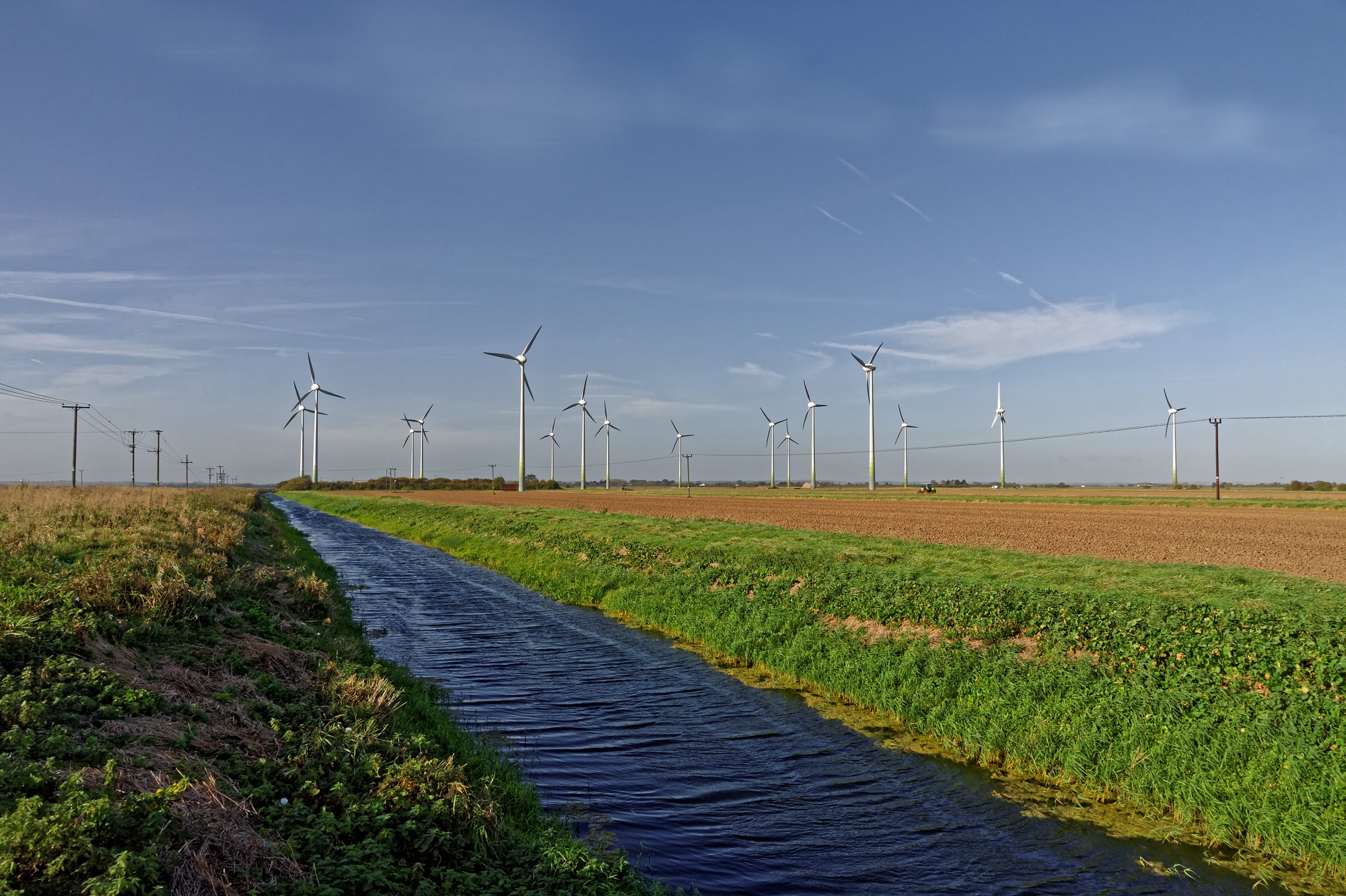
It is becoming increasingly important to demonstrate to statutory consultees that surface water drainage has been considered as part of the development process. A Drainage Strategy is a report which determines how surface water which enters the site (usually as rain) will be managed so that it does not exacerbate flood risk elsewhere in line with CIRIA (C753) Guidance.
The Drainage Strategy should assess and advise on the most appropriate drainage solutions for the Site. Developments should utilise Sustainable Drainage Systems (SuDS) unless there are practical reasons for not doing so. For many sites a Drainage Strategy has become a validation requirement, in Wales, Schedule 3 of the Flood & Water Management Act, now requires new development to have SuDS approval in conjunction with (but separate to) the planning process.
Delta-Simons can provide a complete drainage package from outline planning through to detailed design, utilising trusted partners where required.
Ideally, surface water should be managed as close to its source as possible, soakaways are high on the “drainage hierarchy” and the preferred option. Many Local Planning Authorities request confirmation at the planning stage of the viability of soakaways as part of the surface water management scheme. Delta-Simons can provide Soakaway Testing to inform this and the drainage design.
Ordinary Watercourse Land Drainage Consents and Flood Risk Permitting
Land Drainage Consent Services are designed to assist our Clients in satisfying regulatory requirements and obtaining the necessary approvals and permissions for any proposed works and/or developments that trigger the need for an Ordinary Watercourse Land Drainage Consent. Our experienced environmental consultants work closely with Clients to navigate the complex regulatory framework surrounding Ordinary Watercourse Land Drainage Consents, ensuring that projects meet both regulatory and legislative requirements as set out within the Land Drainage Act 1991.
Our key components of this service include;
- Regulatory Assessment and Consultation
- Site Assessment (Flood Risk and Environmental Risk)
- Consent Coordination
- Documentation and Application Preparation and Compliance
Flood Risk Permitting Services are designed to guide and assist our Clients through the intricate process of obtaining Flood Risk Activity Permits for any works deemed to be a flood risk activity under the Environmental Permitting Regulations 2016.
As experienced environmental consultants, we work collaboratively with Clients to assess, plan, and implement effective strategies enabling regulatory compliance. Our goal is to streamline the permitting process, allowing our Clients to successfully navigate the regulatory landscape ensuring any proposed works or developments remain compliant.
Our key components of this service include;
- Regulatory Assessment and Consultation
- Site-specific Flood Risk (where required) and Environmental Risk Assessment and Consultation
- Flood Risk Activity Permit Coordination
- Application Preparation and Compliance
We prioritise a collaborative approach with the Client, regulator and contractors, combining regulatory expertise with practical, site-specific solutions to ensure a robust Flood Risk Activity Permit is submitted.
Environmental Statements
FRAs and Drainage Strategies can be used as an annex to an Environmental Statement (ES) as part of the Environment Impact Assessment (EIA) process. In addition, we can complete the Water Environment scoping sections and ES Chapter including water quality fundamentals working with our geo-environmental team to deliver the groundwater components to provide a complete Water Services package.
Our ES Chapters identify and assess the sensitivity of receptors, the potential magnitude of impact and the potential significance of the effect of the proposed development during the construction and operational phases. We identify appropriate mitigation measures to offset the potentially significant effects, detail the residual risks post-mitigation and the inter-topic and third-party cumulative effects to overall ensure a negligible effect on the Water Environment. We have wide-ranging experience completing ES Chapters for a range of Clients and schemes ranging from residential developments to poultry farms and road schemes.
Nutrient Neutrality
Nutrient pollution is a big environmental issue for many of our most important natural places in the UK. In freshwater habitats and estuaries, increased levels of nutrients (especially nitrogen and phosphorus) can speed up the growth of certain plants, disrupting natural processes and impacting wildlife. This process (called ‘eutrophication’) damages these water-dependent sites and harms the plants and wildlife that are meant to be there. In technical terms, it can put sites in ‘unfavourable condition’. The sources of excess nutrients are very site specific but include sewage treatment works, septic tanks, livestock, arable farming and industrial processes.
A growing number of Local Planning Authorities have learned from Natural England that development in some catchments cannot proceed if it increases levels of nutrients, notably within catchment areas of vulnerable watercourses (e.g. the Solent).
We provide Nutrient Neutrality assessments where a site has the potential to affect water quality in protected areas to demonstrate whether “nutrient neutrality” is considered achievable.
Flood Risk & Climate Resilience Assessments (ESG)
Driven by the Task Force on Climate-Related Financial Disclosures (TCFD) framework which is a mandatory requirement from 2023, investor clients want to ‘safeguard’ their assets from future risks such as increasing flood risk caused by climate change. By safeguarding their assets, this will lessen the risk of their assets devaluing over time or the inability to sell an asset as a result of climate change. There may be CapEx implications to provide flood and climate-resilient measures or increasing challenges in the ability to obtain insurance at commercially acceptable rates, especially if it cannot be demonstrated that their assets are flood or climate resilient. Ultimately our investor clients are looking to develop overarching ESG Strategies in order to work towards TCFD compliant and whilst not mandatory typically seeking to align to EU Taxonomy as part of best practice.
We therefore provide the following staged approach and services to help steer our Clients’ to the best course of action:
- Advisory Service to discuss the approach and regulatory requirements such as which Representative Concentration Pathways (RCP’s) to use;
- Provide and initial RAG review of a portfolio of assets using GIS to visualise flood and associated climate-related risks; and
- Those assets classed as ‘Red’ or ‘Amber’, a Flood Risk & Climate Resilience Assessment (FRCR) can be completed in line with ESG and regulatory reporting requirements which assess all sources of flooding and, where required, provides practical flood mitigation and climate resilience measures.
Find out more about Flood Risk and Climate Resilience by watching our webinar:
Physical Risk Climate Assessments (ESG)
Alongside the Flood Risk & Climate Resilience Assessments (above) which focusses solely on flood risk, our Physical Risk Climate Assessments assesses the wider climate risks where we can provide an initial steer for your existing portfolios to see where further work is required into the potential physical climate risks and where appropriate mitigation should be considered. Ultimately this help our Clients’ work towards TCFD compliance as part of their wider ESG Strategy.
The Physical Risks we can assess include:
- Tidal, Fluvial and Surface Water Risk
- Cooling Degree Days
- Heatwaves and Heat Stress
- Water Stress
- Shrink Swell
- Wildfires
- Wind
Surface Water Assessments & Economic Assessments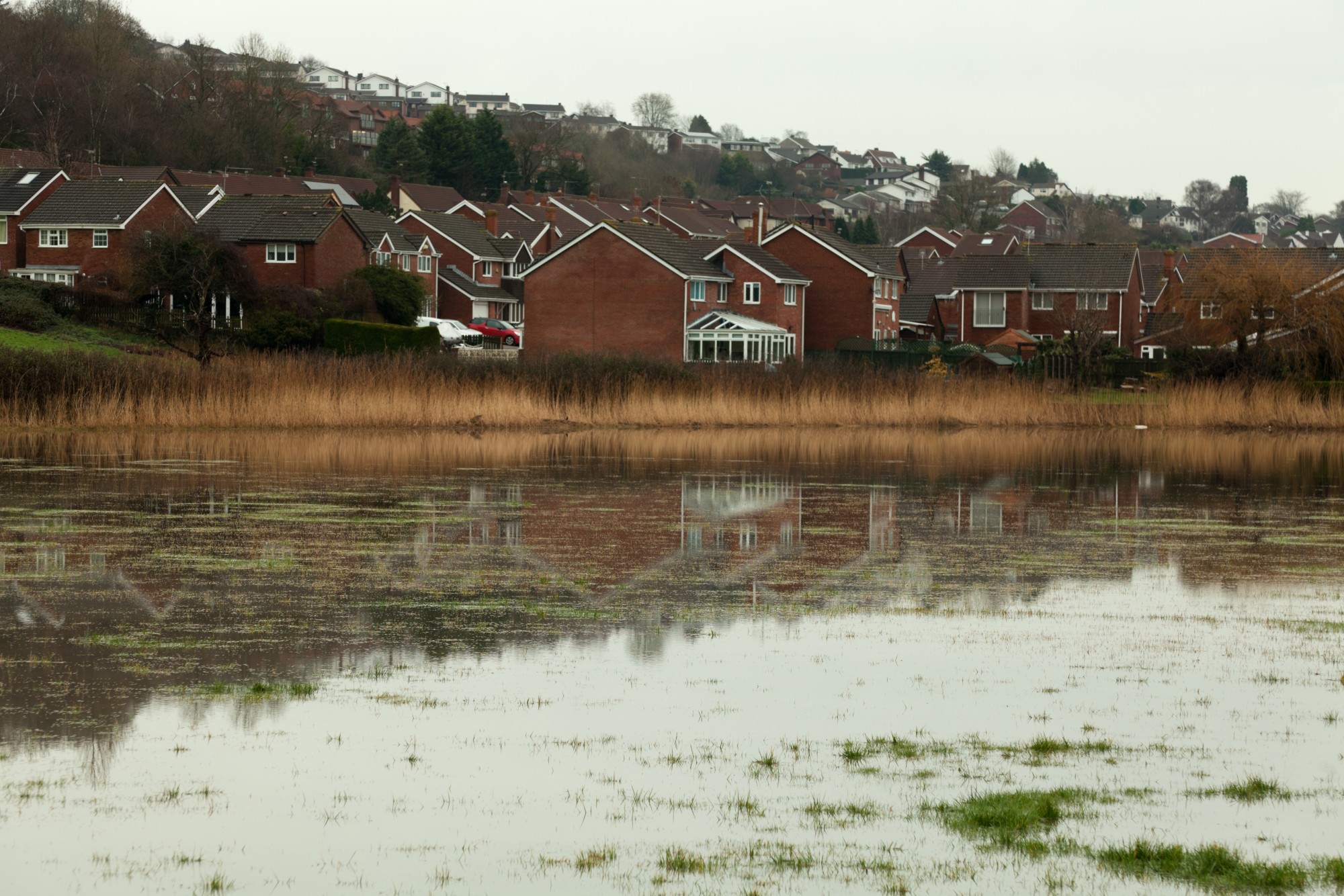
We undertake Surface Water Assessments, typically working with Lead Local Flood Authorities (LLFA) to initially complete a prioritisation matrix-style assessment to rank the surface water hotspots based on key criteria such as:
- records of historic flooding
- risk of surface water flood extent
- critical infrastructure (e.g. road, rail, schools)
- development sites (e.g. Strategic Housing Land Availability Assessment (SHLAA) and Employment Land Review (ELR)
Weightings can be added and the matrix tailored to your specification in order to best represent the areas for further assessment, such as problem definition or optioneering. Our team of specialists can complete additional reports for each prioritised hotspot to further understand the flood risk mechanisms, and to highlight potential options or mitigation measures to take forward to Economic Assessment.
We provide the Economic Assessment service, calculating the baseline economic damages for residential and commercial properties, short-listing a range of options and calculating each option’s benefit-cost ratio to determine the most viable and cost-effective options to mitigate the risk.
Global Water Advisory Service
We provide a Global Water Advisory Service to discuss potential opportunities, considerations and challenges across the Planning, Transactional and ESG arenas, ranging local planning advice on flood compensatory storage requirements and the practicalities and feasibility of SUDS options, what flood resistance and climate resilience measures to install including approximate costs, how to work towards TCFD compliance and EU Taxonomy alignment, which Physical Risks to assess as a result of Climate Change, through to general ESG queries and international data coverage and quality queries.
For more on all our Water Services, contact Alex Perryman.
